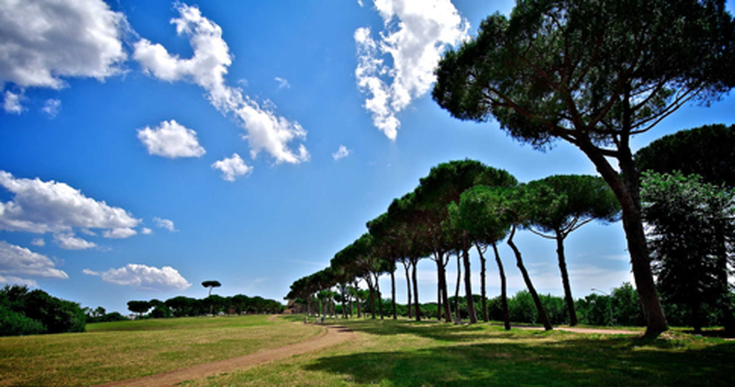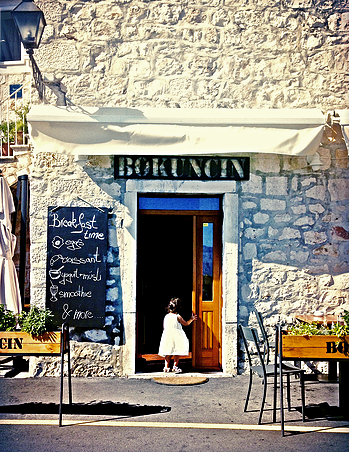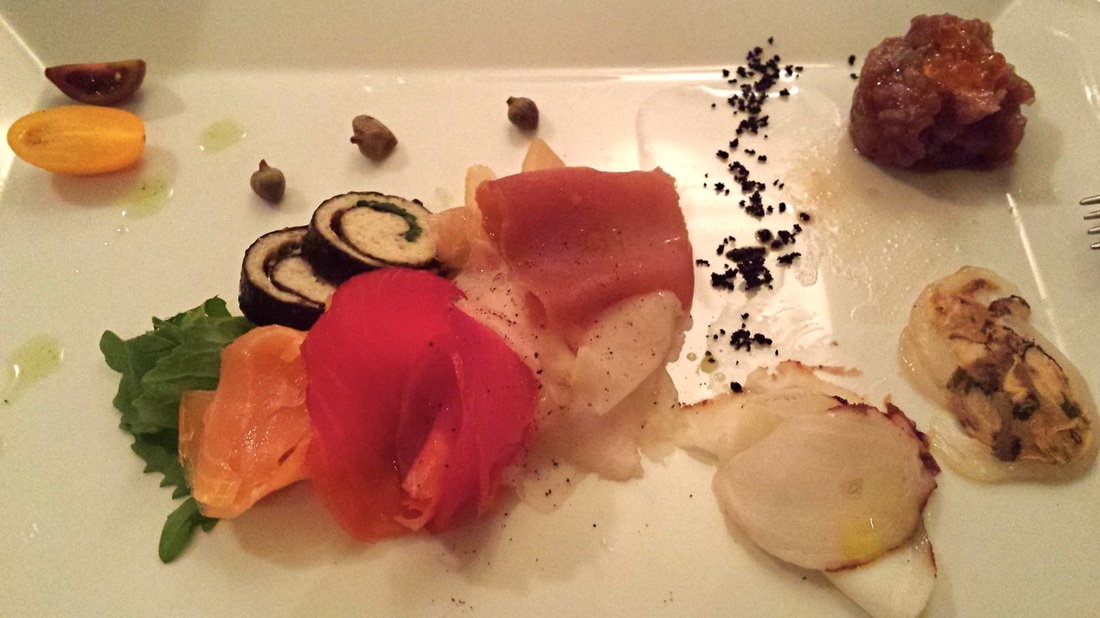Let’s start from the Heart of Rome
After your last effort climbing up the Spanish Steps, your way towards Villa Borghese will be almost completed. The most central park of Rome was landscaped for the Borghese family in the second part of the 18th century. The main attraction is the well-known and pristine white Galleria Borghese: visiting this extraordinary rich museum is a must when you are in Rome! We suggest to pay attention also to the other charming buildings and to some oddities dotting the park: the Gallery of Modern art and the Villa Medici, the aviary, the orangery, the artificial lake where your children could rent a boat, the Rome Zoo, the water clock, the relaxing fountains etc… In terms of artistic, historical and natural offer, the Villa Borghese goes far beyond the imagination when you think about a park. And this makes it so special. Do not forget the most fascinating spot in the villa: the Pincio. Located over the lovely Piazza del Popolo, this huge panoramic terrace is one of the best sites to have an unforgettable and breathtaking view of Rome.
If you like exploration this is the right place for you! Villa Ada, one of the main green lungs of the City, is located in Northern Rome, not far from the elegant neighbourhoods of Parioli and Salario-Trieste and only 15 minutes walking from the northern gate of Villa Borghese. This huge park (450 Acres) was owned by the Italian royal House Of Savoy and was hosting the Royal Residence from 1872 to 1878. In 1878 the area came under the control of Count Tellfner who named it “Ada” in honour of his wife. The royal family regained control of the land in 1904 but did not change the name. After World War II and the end of the monarchy, Villa Ada became a public park.
Villa Ada has a unique characteristic: even if it is located in one of the busiest cities of Europe the atmosphere reminds of an extremely calm and wild countryside far away from the urban confusion. This is an oasis of peace where to recover from exhausting sightseeing activities. Follow our suggestions: if you want to relax, take a couple of bottles of wine, a coloured blanket, some fresh bread, cheese and ham, and forget the stress and the chaos of Roman traffic. If you want to make your day healthier take your sneakers and prepare for a memorable sport experience through the park hills covered by pines, cypresses, oaks, palm trees, the refreshing lakes, the thick forests and the sport facilities for gym activities. If you feel like an explorer you will be amazed discovering the prosperity of the fauna that is living in this special place: squirrels, moles, hedgehogs, rabbits, porcupines and even parrots are peacefully sharing this park. Last but not least if you want to meat some young Romans lie down and relax on the Pratone (big lawn) in Spring afternoons or visit the Villa Ada Music festival during Summer Season.
This Villa is just beautiful. Do you think this is not a good reason to visit it?
The Villa Doria Pamphilj is a seventeenth-century villa with what is today the largest landscaped public park in Italy. It is located in the quarter of Monteverde, on the Gianicolo (the Roman Janiculum), just outside the Porta San Pancrazio, on the ancient walls of Rome where the roman road of Via Aurelia starts! If you are visiting the Vatican area or Trastevere think about climbing the Gianicolo, stop, take a break enjoying a marvellous view of Rome and continue towards Villa Pamphilj. This park is ideal if you want to relax, have long walks or if you want to make happy your dog! What is surprising, especially in the most far area starting from Rome Center, is the beauty of the landscape that has been evidently shaped by humans with love and care. Some glimpses remind the soft hills of Chianti area in Tuscany where the man has redesigned the territory with extreme care and strict rules for many centuries. The visit to this park turns out to be unexpected and extremely relaxing after a long day exploring the City. For sport addicted, we recommend a mountain bike tour on the 9 km bike path of the Villa, while for those who are thirsty of culture and art, we suggest to have a look at the exquisite Casino Del Bel Respiro from early 17th Century.
































